Kitchen cabinets are a fundamental component of any kitchen design, serving both practical and aesthetic purposes. They provide essential storage space for kitchen utensils, cookware, and food, while also significantly influencing the overall look and feel of the kitchen. When choosing kitchen cabinets, there are numerous factors to consider, including materials, styles, colors, finishes, and hardware. The right combination can transform a kitchen from a mundane, functional space into a stylish and inviting heart of the home.
One popular trend in kitchen cabinet design is the use of natural wood. Wooden cabinets bring warmth and a timeless appeal to any kitchen. Woods like oak, maple, cherry, and walnut are particularly favored for their durability and rich grain patterns. For a rustic or farmhouse look, distressed wood with a matte finish can be used. On the other hand, for a more modern aesthetic, sleek, polished wood with a glossy finish might be preferable. Staining options also vary widely, allowing homeowners to customize the shade and intensity to match their vision.

Another trend is the incorporation of painted cabinets, which can dramatically alter the kitchen’s atmosphere. White cabinets are a perennial favorite, creating a clean, bright, and spacious feel. They can make small kitchens appear larger and more open. However, bold colors like navy blue, emerald green, and charcoal gray are becoming increasingly popular, especially in contemporary designs. These colors add depth and a touch of sophistication, creating a striking focal point in the kitchen.
Open shelving is another design element that is gaining popularity in modern kitchens. Instead of traditional closed cabinets, open shelves provide an airy, open feel and offer an opportunity to display attractive dishware, glassware, and decorative items. This approach can make a kitchen feel more personalized and inviting. However, it requires careful organization and maintenance to avoid a cluttered look. Mixing open shelves with closed cabinets can offer a balanced approach, combining the best of both worlds.
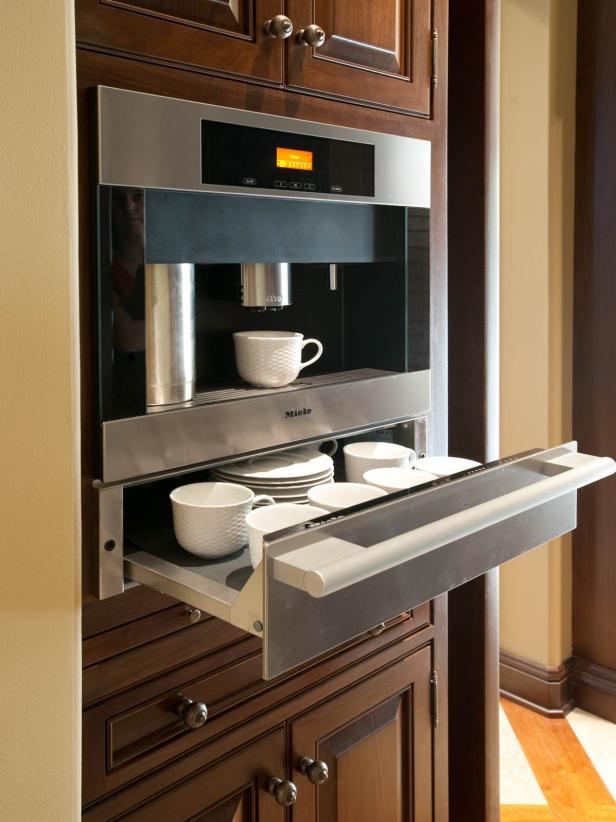
Glass-front cabinets are another option that combines the benefits of both open shelving and closed cabinets. These cabinets feature glass doors that allow a glimpse of the contents inside, adding a layer of visual interest without completely exposing the contents to dust and grease. Frosted or textured glass can provide a bit of privacy while still contributing to the overall aesthetic. This style works particularly well in traditional and transitional kitchen designs.
In terms of hardware, the choices are vast and varied. Handles and knobs may seem like minor details, but they play a significant role in the overall design of kitchen cabinets. Sleek, minimalist handles in stainless steel or brushed nickel are ideal for modern kitchens, while ornate, vintage-style knobs in brass or bronze add a touch of elegance to classic designs. The placement and style of hardware can significantly influence the ease of use and the visual appeal of the cabinets.
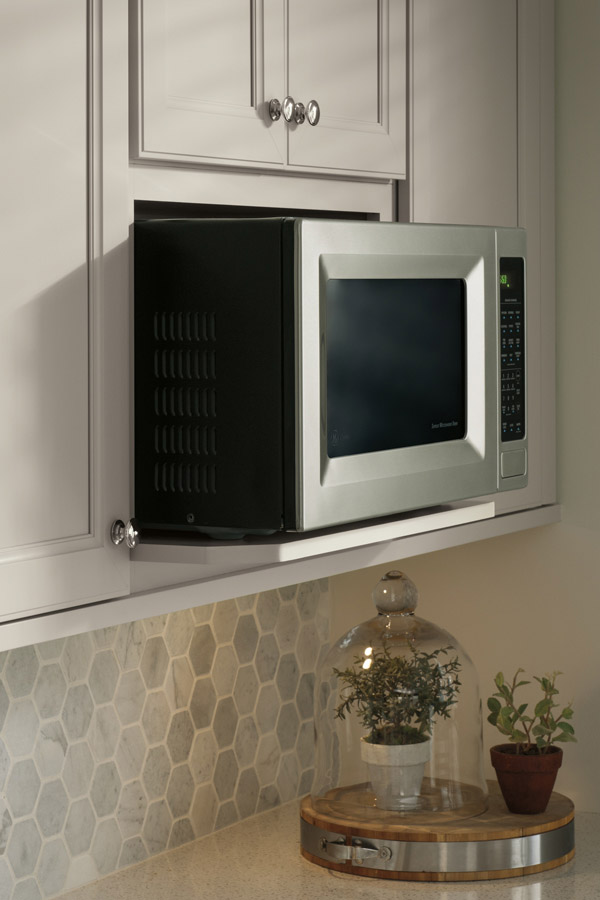
Storage solutions within the cabinets are another crucial consideration. Modern kitchen cabinets often incorporate innovative storage solutions to maximize space and improve functionality. Pull-out shelves, lazy Susans, built-in spice racks, and deep drawers for pots and pans are just a few examples of features that can enhance the usability of kitchen cabinets. These solutions help keep the kitchen organized and ensure that everything has its place, making cooking and food preparation more efficient and enjoyable.
The layout and configuration of kitchen cabinets also play a vital role in the overall design. The classic L-shaped and U-shaped kitchen layouts provide ample cabinet space and efficient workflow. However, the growing popularity of open-plan kitchens has led to an increase in island and peninsula designs, which often feature additional cabinets and drawers. Islands not only provide extra storage but also create a central gathering point in the kitchen, making it a more social and interactive space.
Cabinet lighting is another important aspect that can enhance both the functionality and ambiance of the kitchen. Under-cabinet lighting illuminates the countertops, making food preparation safer and easier. Interior cabinet lighting, especially in glass-front cabinets, adds a dramatic effect and highlights the contents, creating a visually appealing display. LED lights are a popular choice due to their energy efficiency and long lifespan.
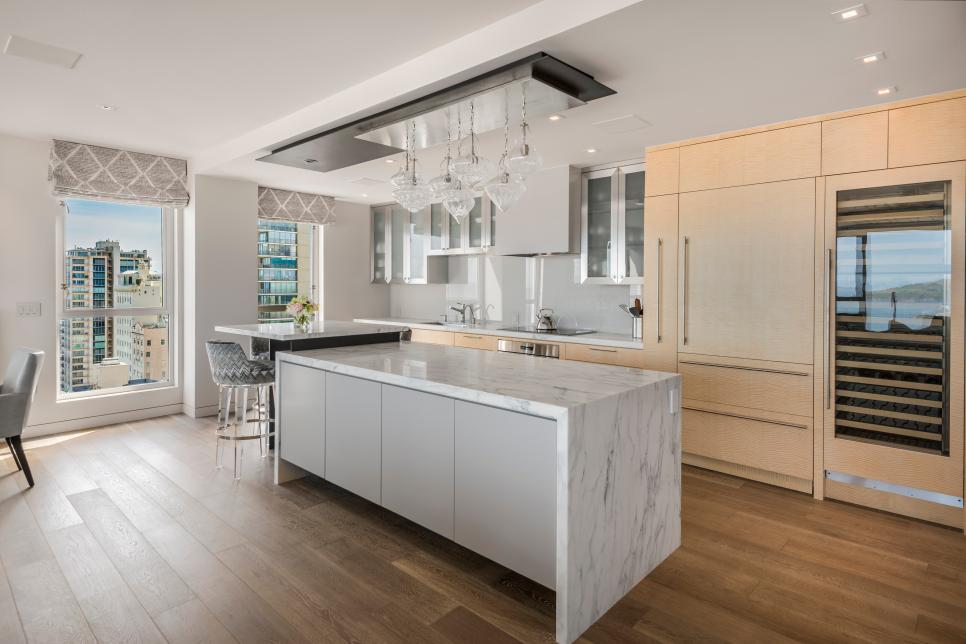
Sustainability is also becoming a key consideration in kitchen cabinet design. Eco-friendly materials, such as bamboo and reclaimed wood, are being used more frequently. These materials are not only environmentally friendly but also add unique textures and character to the kitchen. Additionally, low-VOC (volatile organic compounds) finishes and water-based stains contribute to healthier indoor air quality, making them a smart choice for environmentally conscious homeowners.
Customization is a major trend in kitchen cabinets, with many homeowners seeking bespoke solutions tailored to their specific needs and tastes. Custom cabinets allow for greater flexibility in terms of size, shape, material, and finish. They can be designed to fit unusual spaces and incorporate personalized features, such as wine racks, appliance garages, and pull-out pantries. While custom cabinets can be more expensive, they offer unparalleled quality and a perfect fit for any kitchen.
The integration of technology is also transforming kitchen cabinet design. Smart cabinets with features like touch-activated doors, built-in charging stations, and integrated lighting systems are becoming more common. These technological advancements add convenience and a futuristic touch to modern kitchens. Additionally, some cabinets now come with built-in screens or tablet holders, making it easier to follow recipes or watch cooking tutorials while preparing meals.

Another emerging trend is the use of mixed materials in kitchen cabinet design. Combining different materials, such as wood, metal, and glass, creates a dynamic and visually interesting space. For example, a kitchen might feature wooden lower cabinets paired with stainless steel upper cabinets, or a combination of matte and glossy finishes. This approach allows for greater creativity and personalization, resulting in a unique and eclectic kitchen design.
When it comes to finishes, matte and high-gloss are two popular options, each with its own advantages. Matte finishes offer a subtle, understated look and are less likely to show fingerprints and smudges. High-gloss finishes, on the other hand, create a sleek, modern look and reflect light, making the kitchen appear brighter and more spacious. The choice between the two depends on the desired aesthetic and the level of maintenance the homeowner is willing to undertake.
Finally, the color palette of the kitchen cabinets should harmonize with the overall design scheme of the kitchen. Neutral colors like white, beige, and gray are versatile and timeless, providing a backdrop that complements various design styles and color accents. However, experimenting with bolder colors and unique color combinations can add a personal touch and make the kitchen stand out. Two-tone cabinets, with different colors for upper and lower cabinets, are a stylish option that adds visual interest and depth to the kitchen.

Common Mistakes to Avoid:
When designing or selecting kitchen cabinets, there are several common mistakes that homeowners should be mindful of to ensure a successful outcome. One frequent mistake is neglecting to plan for adequate storage. It’s important to consider the types of items that need to be stored and ensure there is enough space to accommodate them.
Another common error is overlooking the importance of quality materials and construction. Cabinets are a long-term investment, and choosing low-quality materials can lead to premature wear and the need for costly replacements.
Improper layout planning is another pitfall. The kitchen’s layout should promote an efficient workflow, with a logical arrangement of cabinets, appliances, and workspaces. Ignoring the importance of lighting, both natural and artificial, can also detract from the functionality and ambiance of the kitchen.
Finally, not considering the overall design cohesion can result in cabinets that clash with the rest of the kitchen decor, leading to a disjointed and unattractive appearance.
 What materials are best for kitchen cabinets?
What materials are best for kitchen cabinets?
The best materials for kitchen cabinets depend on factors such as budget, style preference, and durability requirements. Solid wood, such as oak, maple, and cherry, is highly durable and offers a timeless appeal. Plywood is a cost-effective alternative that provides good durability and resistance to moisture. Medium-density fiberboard (MDF) is another option, known for its smooth surface and ability to be painted. For a modern look, metal and glass cabinets are also popular choices, offering a sleek and contemporary aesthetic.
How do I choose the right color for my kitchen cabinets?
Choosing the right color for kitchen cabinets involves considering the overall design scheme, the amount of natural light, and personal preferences. Neutral colors like white, beige, and gray are versatile and timeless, working well with various design styles. For a more dramatic effect, bold colors like navy blue, emerald green, and charcoal gray can create a striking focal point. It’s also possible to use two-tone cabinets, with different colors for upper and lower cabinets, to add visual interest and depth to the kitchen.
What are the benefits of custom kitchen cabinets?
Custom kitchen cabinets offer numerous benefits, including tailored fit, personalized design, and high-quality craftsmanship. Custom cabinets can be designed to fit unique spaces and meet specific storage needs, incorporating features like built-in wine racks, appliance garages, and pull-out pantries. They also allow for greater flexibility in terms of materials, finishes, and styles, resulting in a one-of-a-kind kitchen that reflects the homeowner’s taste and lifestyle. While custom cabinets can be more expensive, their durability and perfect fit often justify the investment.
How can I maximize storage in my kitchen cabinets?
Maximizing storage in kitchen cabinets involves using innovative storage solutions and efficient organization. Pull-out shelves, lazy Susans, and deep drawers for pots and pans help make the most of available space. Built-in spice racks, dividers, and vertical storage solutions can also improve organization. Additionally, utilizing the space above cabinets for seldom-used items and incorporating under-cabinet storage options can further enhance storage capacity.
What are the latest trends in kitchen cabinet design?
Some of the latest trends in kitchen cabinet design include the use of natural wood, painted cabinets in bold colors, open shelving, and glass-front cabinets. Other popular trends are the incorporation of mixed materials, such as combining wood with metal or glass, and the use of matte and high-gloss finishes. Innovative storage solutions, eco-friendly materials, and the integration of technology, such as smart cabinets with touch-activated doors and built-in lighting, are also becoming increasingly popular.
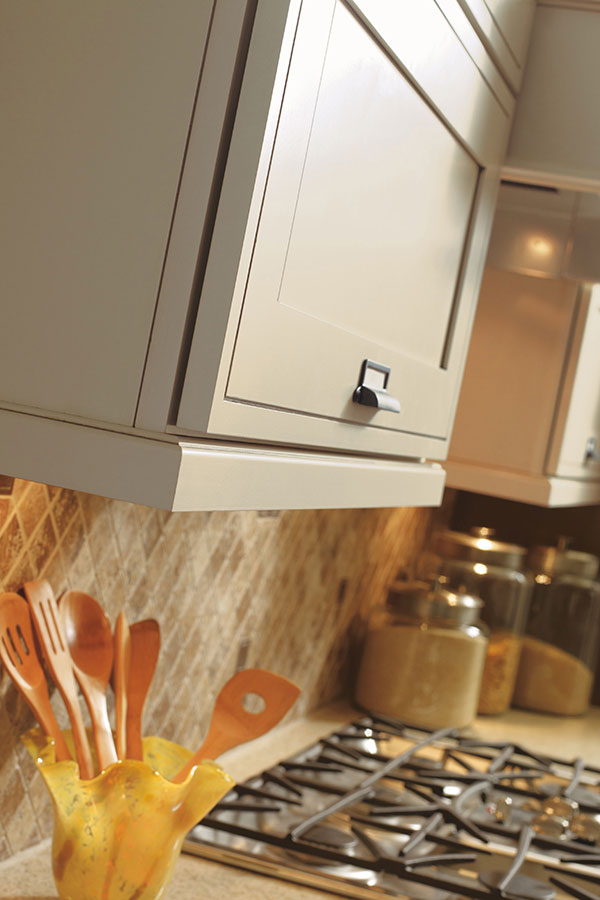
Kitchen Cabinet Design Ideas: Pictures, Options, Tips & Ideas
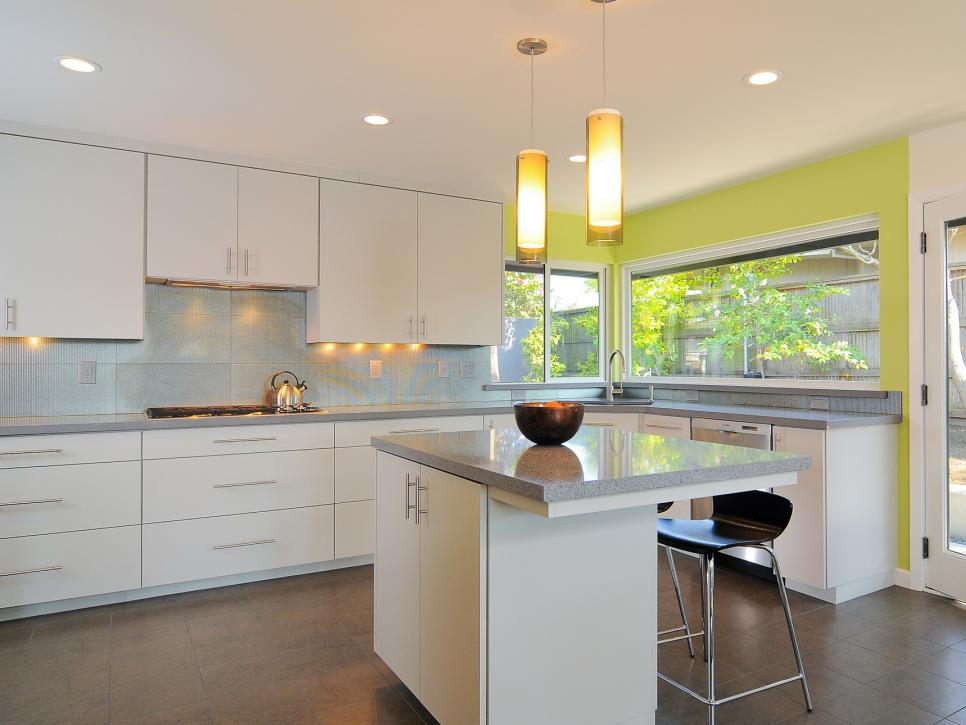
Special Kitchen Cabinet Design and Decor Design Interior Ideas

Special Kitchen Cabinet Design and Decor

Base Built-In Microwave Cabinet 27″
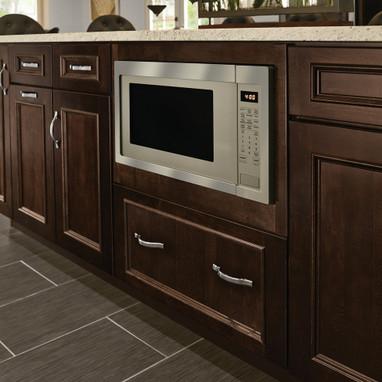
Creative Kitchens – Home & Design Magazine

Related Posts:
 Another trend is the incorporation of painted cabinets, which can dramatically alter the kitchen’s atmosphere. White cabinets are a perennial favorite, creating a clean, bright, and spacious feel. They can make small kitchens appear larger and more open. However, bold colors like navy blue, emerald green, and charcoal gray are becoming increasingly popular, especially in contemporary designs. These colors add depth and a touch of sophistication, creating a striking focal point in the kitchen.
Open shelving is another design element that is gaining popularity in modern kitchens. Instead of traditional closed cabinets, open shelves provide an airy, open feel and offer an opportunity to display attractive dishware, glassware, and decorative items. This approach can make a kitchen feel more personalized and inviting. However, it requires careful organization and maintenance to avoid a cluttered look. Mixing open shelves with closed cabinets can offer a balanced approach, combining the best of both worlds.
Another trend is the incorporation of painted cabinets, which can dramatically alter the kitchen’s atmosphere. White cabinets are a perennial favorite, creating a clean, bright, and spacious feel. They can make small kitchens appear larger and more open. However, bold colors like navy blue, emerald green, and charcoal gray are becoming increasingly popular, especially in contemporary designs. These colors add depth and a touch of sophistication, creating a striking focal point in the kitchen.
Open shelving is another design element that is gaining popularity in modern kitchens. Instead of traditional closed cabinets, open shelves provide an airy, open feel and offer an opportunity to display attractive dishware, glassware, and decorative items. This approach can make a kitchen feel more personalized and inviting. However, it requires careful organization and maintenance to avoid a cluttered look. Mixing open shelves with closed cabinets can offer a balanced approach, combining the best of both worlds.
 Glass-front cabinets are another option that combines the benefits of both open shelving and closed cabinets. These cabinets feature glass doors that allow a glimpse of the contents inside, adding a layer of visual interest without completely exposing the contents to dust and grease. Frosted or textured glass can provide a bit of privacy while still contributing to the overall aesthetic. This style works particularly well in traditional and transitional kitchen designs.
In terms of hardware, the choices are vast and varied. Handles and knobs may seem like minor details, but they play a significant role in the overall design of kitchen cabinets. Sleek, minimalist handles in stainless steel or brushed nickel are ideal for modern kitchens, while ornate, vintage-style knobs in brass or bronze add a touch of elegance to classic designs. The placement and style of hardware can significantly influence the ease of use and the visual appeal of the cabinets.
Glass-front cabinets are another option that combines the benefits of both open shelving and closed cabinets. These cabinets feature glass doors that allow a glimpse of the contents inside, adding a layer of visual interest without completely exposing the contents to dust and grease. Frosted or textured glass can provide a bit of privacy while still contributing to the overall aesthetic. This style works particularly well in traditional and transitional kitchen designs.
In terms of hardware, the choices are vast and varied. Handles and knobs may seem like minor details, but they play a significant role in the overall design of kitchen cabinets. Sleek, minimalist handles in stainless steel or brushed nickel are ideal for modern kitchens, while ornate, vintage-style knobs in brass or bronze add a touch of elegance to classic designs. The placement and style of hardware can significantly influence the ease of use and the visual appeal of the cabinets.
 Storage solutions within the cabinets are another crucial consideration. Modern kitchen cabinets often incorporate innovative storage solutions to maximize space and improve functionality. Pull-out shelves, lazy Susans, built-in spice racks, and deep drawers for pots and pans are just a few examples of features that can enhance the usability of kitchen cabinets. These solutions help keep the kitchen organized and ensure that everything has its place, making cooking and food preparation more efficient and enjoyable.
The layout and configuration of kitchen cabinets also play a vital role in the overall design. The classic L-shaped and U-shaped kitchen layouts provide ample cabinet space and efficient workflow. However, the growing popularity of open-plan kitchens has led to an increase in island and peninsula designs, which often feature additional cabinets and drawers. Islands not only provide extra storage but also create a central gathering point in the kitchen, making it a more social and interactive space.
Cabinet lighting is another important aspect that can enhance both the functionality and ambiance of the kitchen. Under-cabinet lighting illuminates the countertops, making food preparation safer and easier. Interior cabinet lighting, especially in glass-front cabinets, adds a dramatic effect and highlights the contents, creating a visually appealing display. LED lights are a popular choice due to their energy efficiency and long lifespan.
Storage solutions within the cabinets are another crucial consideration. Modern kitchen cabinets often incorporate innovative storage solutions to maximize space and improve functionality. Pull-out shelves, lazy Susans, built-in spice racks, and deep drawers for pots and pans are just a few examples of features that can enhance the usability of kitchen cabinets. These solutions help keep the kitchen organized and ensure that everything has its place, making cooking and food preparation more efficient and enjoyable.
The layout and configuration of kitchen cabinets also play a vital role in the overall design. The classic L-shaped and U-shaped kitchen layouts provide ample cabinet space and efficient workflow. However, the growing popularity of open-plan kitchens has led to an increase in island and peninsula designs, which often feature additional cabinets and drawers. Islands not only provide extra storage but also create a central gathering point in the kitchen, making it a more social and interactive space.
Cabinet lighting is another important aspect that can enhance both the functionality and ambiance of the kitchen. Under-cabinet lighting illuminates the countertops, making food preparation safer and easier. Interior cabinet lighting, especially in glass-front cabinets, adds a dramatic effect and highlights the contents, creating a visually appealing display. LED lights are a popular choice due to their energy efficiency and long lifespan.
 Sustainability is also becoming a key consideration in kitchen cabinet design. Eco-friendly materials, such as bamboo and reclaimed wood, are being used more frequently. These materials are not only environmentally friendly but also add unique textures and character to the kitchen. Additionally, low-VOC (volatile organic compounds) finishes and water-based stains contribute to healthier indoor air quality, making them a smart choice for environmentally conscious homeowners.
Customization is a major trend in kitchen cabinets, with many homeowners seeking bespoke solutions tailored to their specific needs and tastes. Custom cabinets allow for greater flexibility in terms of size, shape, material, and finish. They can be designed to fit unusual spaces and incorporate personalized features, such as wine racks, appliance garages, and pull-out pantries. While custom cabinets can be more expensive, they offer unparalleled quality and a perfect fit for any kitchen.
The integration of technology is also transforming kitchen cabinet design. Smart cabinets with features like touch-activated doors, built-in charging stations, and integrated lighting systems are becoming more common. These technological advancements add convenience and a futuristic touch to modern kitchens. Additionally, some cabinets now come with built-in screens or tablet holders, making it easier to follow recipes or watch cooking tutorials while preparing meals.
Sustainability is also becoming a key consideration in kitchen cabinet design. Eco-friendly materials, such as bamboo and reclaimed wood, are being used more frequently. These materials are not only environmentally friendly but also add unique textures and character to the kitchen. Additionally, low-VOC (volatile organic compounds) finishes and water-based stains contribute to healthier indoor air quality, making them a smart choice for environmentally conscious homeowners.
Customization is a major trend in kitchen cabinets, with many homeowners seeking bespoke solutions tailored to their specific needs and tastes. Custom cabinets allow for greater flexibility in terms of size, shape, material, and finish. They can be designed to fit unusual spaces and incorporate personalized features, such as wine racks, appliance garages, and pull-out pantries. While custom cabinets can be more expensive, they offer unparalleled quality and a perfect fit for any kitchen.
The integration of technology is also transforming kitchen cabinet design. Smart cabinets with features like touch-activated doors, built-in charging stations, and integrated lighting systems are becoming more common. These technological advancements add convenience and a futuristic touch to modern kitchens. Additionally, some cabinets now come with built-in screens or tablet holders, making it easier to follow recipes or watch cooking tutorials while preparing meals.
 Another emerging trend is the use of mixed materials in kitchen cabinet design. Combining different materials, such as wood, metal, and glass, creates a dynamic and visually interesting space. For example, a kitchen might feature wooden lower cabinets paired with stainless steel upper cabinets, or a combination of matte and glossy finishes. This approach allows for greater creativity and personalization, resulting in a unique and eclectic kitchen design.
When it comes to finishes, matte and high-gloss are two popular options, each with its own advantages. Matte finishes offer a subtle, understated look and are less likely to show fingerprints and smudges. High-gloss finishes, on the other hand, create a sleek, modern look and reflect light, making the kitchen appear brighter and more spacious. The choice between the two depends on the desired aesthetic and the level of maintenance the homeowner is willing to undertake.
Finally, the color palette of the kitchen cabinets should harmonize with the overall design scheme of the kitchen. Neutral colors like white, beige, and gray are versatile and timeless, providing a backdrop that complements various design styles and color accents. However, experimenting with bolder colors and unique color combinations can add a personal touch and make the kitchen stand out. Two-tone cabinets, with different colors for upper and lower cabinets, are a stylish option that adds visual interest and depth to the kitchen.
Another emerging trend is the use of mixed materials in kitchen cabinet design. Combining different materials, such as wood, metal, and glass, creates a dynamic and visually interesting space. For example, a kitchen might feature wooden lower cabinets paired with stainless steel upper cabinets, or a combination of matte and glossy finishes. This approach allows for greater creativity and personalization, resulting in a unique and eclectic kitchen design.
When it comes to finishes, matte and high-gloss are two popular options, each with its own advantages. Matte finishes offer a subtle, understated look and are less likely to show fingerprints and smudges. High-gloss finishes, on the other hand, create a sleek, modern look and reflect light, making the kitchen appear brighter and more spacious. The choice between the two depends on the desired aesthetic and the level of maintenance the homeowner is willing to undertake.
Finally, the color palette of the kitchen cabinets should harmonize with the overall design scheme of the kitchen. Neutral colors like white, beige, and gray are versatile and timeless, providing a backdrop that complements various design styles and color accents. However, experimenting with bolder colors and unique color combinations can add a personal touch and make the kitchen stand out. Two-tone cabinets, with different colors for upper and lower cabinets, are a stylish option that adds visual interest and depth to the kitchen.

 What materials are best for kitchen cabinets?
The best materials for kitchen cabinets depend on factors such as budget, style preference, and durability requirements. Solid wood, such as oak, maple, and cherry, is highly durable and offers a timeless appeal. Plywood is a cost-effective alternative that provides good durability and resistance to moisture. Medium-density fiberboard (MDF) is another option, known for its smooth surface and ability to be painted. For a modern look, metal and glass cabinets are also popular choices, offering a sleek and contemporary aesthetic.
How do I choose the right color for my kitchen cabinets?
Choosing the right color for kitchen cabinets involves considering the overall design scheme, the amount of natural light, and personal preferences. Neutral colors like white, beige, and gray are versatile and timeless, working well with various design styles. For a more dramatic effect, bold colors like navy blue, emerald green, and charcoal gray can create a striking focal point. It’s also possible to use two-tone cabinets, with different colors for upper and lower cabinets, to add visual interest and depth to the kitchen.
What are the benefits of custom kitchen cabinets?
Custom kitchen cabinets offer numerous benefits, including tailored fit, personalized design, and high-quality craftsmanship. Custom cabinets can be designed to fit unique spaces and meet specific storage needs, incorporating features like built-in wine racks, appliance garages, and pull-out pantries. They also allow for greater flexibility in terms of materials, finishes, and styles, resulting in a one-of-a-kind kitchen that reflects the homeowner’s taste and lifestyle. While custom cabinets can be more expensive, their durability and perfect fit often justify the investment.
How can I maximize storage in my kitchen cabinets?
Maximizing storage in kitchen cabinets involves using innovative storage solutions and efficient organization. Pull-out shelves, lazy Susans, and deep drawers for pots and pans help make the most of available space. Built-in spice racks, dividers, and vertical storage solutions can also improve organization. Additionally, utilizing the space above cabinets for seldom-used items and incorporating under-cabinet storage options can further enhance storage capacity.
What are the latest trends in kitchen cabinet design?
Some of the latest trends in kitchen cabinet design include the use of natural wood, painted cabinets in bold colors, open shelving, and glass-front cabinets. Other popular trends are the incorporation of mixed materials, such as combining wood with metal or glass, and the use of matte and high-gloss finishes. Innovative storage solutions, eco-friendly materials, and the integration of technology, such as smart cabinets with touch-activated doors and built-in lighting, are also becoming increasingly popular.
What materials are best for kitchen cabinets?
The best materials for kitchen cabinets depend on factors such as budget, style preference, and durability requirements. Solid wood, such as oak, maple, and cherry, is highly durable and offers a timeless appeal. Plywood is a cost-effective alternative that provides good durability and resistance to moisture. Medium-density fiberboard (MDF) is another option, known for its smooth surface and ability to be painted. For a modern look, metal and glass cabinets are also popular choices, offering a sleek and contemporary aesthetic.
How do I choose the right color for my kitchen cabinets?
Choosing the right color for kitchen cabinets involves considering the overall design scheme, the amount of natural light, and personal preferences. Neutral colors like white, beige, and gray are versatile and timeless, working well with various design styles. For a more dramatic effect, bold colors like navy blue, emerald green, and charcoal gray can create a striking focal point. It’s also possible to use two-tone cabinets, with different colors for upper and lower cabinets, to add visual interest and depth to the kitchen.
What are the benefits of custom kitchen cabinets?
Custom kitchen cabinets offer numerous benefits, including tailored fit, personalized design, and high-quality craftsmanship. Custom cabinets can be designed to fit unique spaces and meet specific storage needs, incorporating features like built-in wine racks, appliance garages, and pull-out pantries. They also allow for greater flexibility in terms of materials, finishes, and styles, resulting in a one-of-a-kind kitchen that reflects the homeowner’s taste and lifestyle. While custom cabinets can be more expensive, their durability and perfect fit often justify the investment.
How can I maximize storage in my kitchen cabinets?
Maximizing storage in kitchen cabinets involves using innovative storage solutions and efficient organization. Pull-out shelves, lazy Susans, and deep drawers for pots and pans help make the most of available space. Built-in spice racks, dividers, and vertical storage solutions can also improve organization. Additionally, utilizing the space above cabinets for seldom-used items and incorporating under-cabinet storage options can further enhance storage capacity.
What are the latest trends in kitchen cabinet design?
Some of the latest trends in kitchen cabinet design include the use of natural wood, painted cabinets in bold colors, open shelving, and glass-front cabinets. Other popular trends are the incorporation of mixed materials, such as combining wood with metal or glass, and the use of matte and high-gloss finishes. Innovative storage solutions, eco-friendly materials, and the integration of technology, such as smart cabinets with touch-activated doors and built-in lighting, are also becoming increasingly popular.





 Related Posts:
Related Posts: